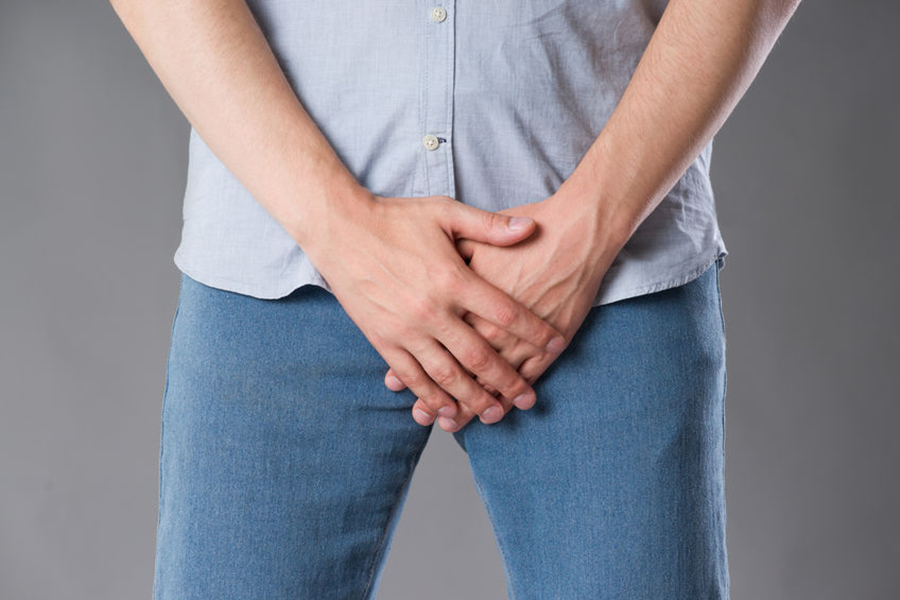You find yourself standing at the urinal for longer than usual, or you drip out a few drops of urine at a time. You may have benign prostatic hyperplasia (BPH), or prostate enlargement. Prostate enlargement is a non-cancerous condition in men that happens as men age. Symptoms are annoying and sometimes painful. If left untreated, it can cause more extensive damage.
Do You Have These Symptoms?
- Increased frequency of urination at night (nocturia)
- Frequent urination
- Weak urine stream
- Dribbling at the end of urination
- Inability empty the bladder
- Difficulty starting urination
- Urinary tract infection
- Blood in urine
- Unable to urinate (see a doctor immediately)
You Are Not Alone
The National Institute of Diabetes, Digestive, and Kidney Diseases reported: “Benign prostatic hyperplasia is the most common prostate problem for men older than age 50. Although benign prostatic hyperplasia rarely causes symptoms before age 40, the occurrence and symptoms increase with age. Benign prostatic hyperplasia affects about 50 percent of men between the ages of 51 and 60 and up to 90 percent of men older than 80.”
Risk Factors
Risk factors for you include your age, family history, lifestyle, and if you already have diabetes and/or heart disease. Exercise is shown to help lower your risk factor. There is no direct way to prevent BPH.
Now What?
The best option is to discuss your urination problems with your medical provider. Your provider can prescribe medications to help shrink the size of your prostate. One example is an alpha-blocker that would relax the muscles of your bladder. Your doctor can send you to a urologist who may recommend a minimally invasive procedure to remove a blockage in the urethra. Other treatments include laser, heat-intensity, and water therapy. If you can’t go, plan a visit to your medical provider to improve your flow.

